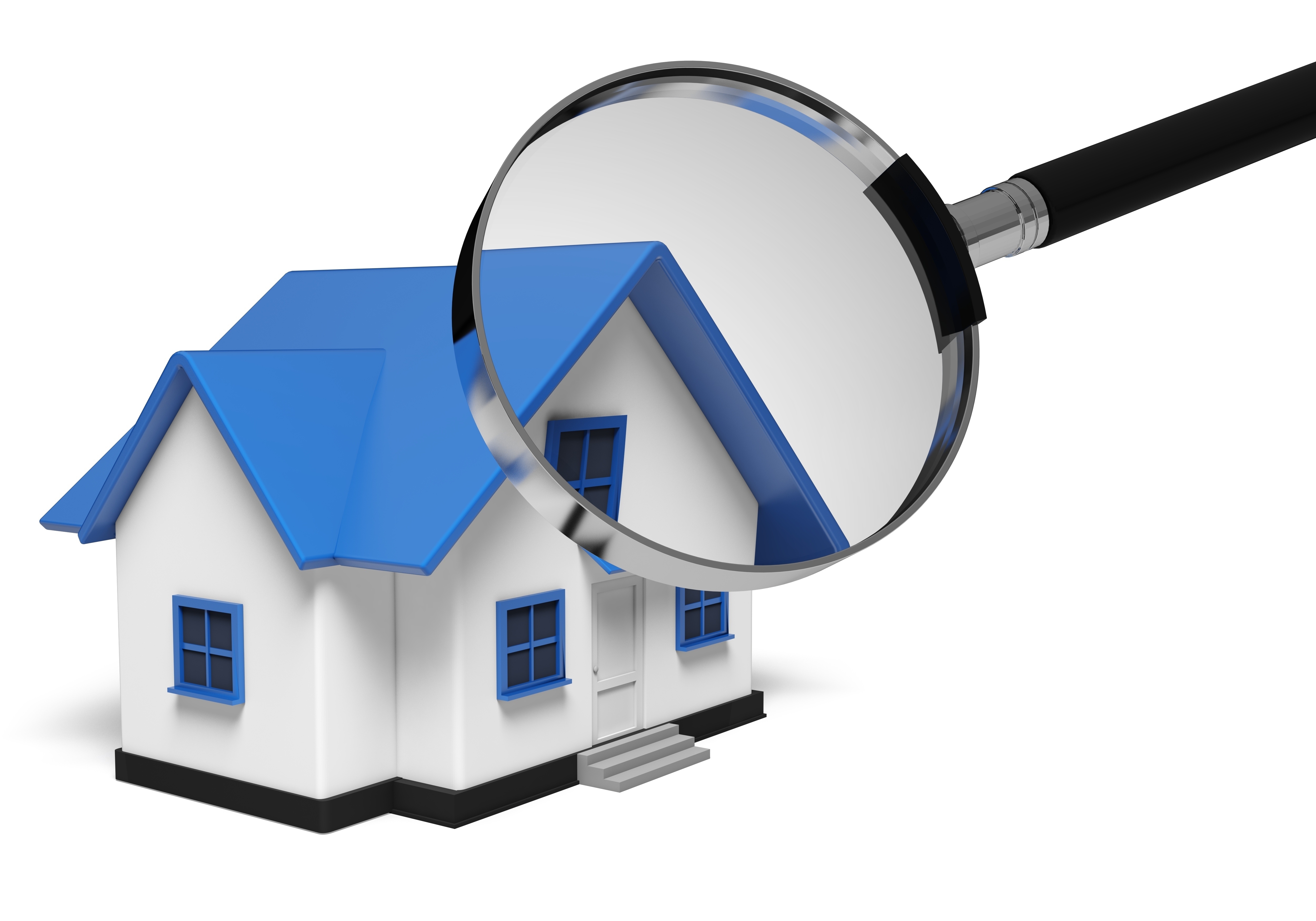
What Are the Parts of an Appraisal?Acquiring a home is the biggest transaction many may ever consider. It doesn't matter if a main residence, an additional vacation home or one of many rentals, the purchase of real property is an involved financial transaction that requires multiple parties to see it through. You're likely to be familiar with the parties having a role in the transaction. The most familiar face in the transaction is the real estate agent. Next, the mortgage company provides the financial capital required to bankroll the transaction. And the title company ensures that all details of the transaction are completed and that a clear title transfers from the seller to the buyer. So, what party is responsible for making sure the real estate is worth the purchase price? In comes the appraiser. We provide an unbiased opinion of what a buyer might expect to pay — or a seller receive — for a parcel of real estate, where both buyer and seller are informed parties. A licensed, certified, professional appraiser from Justin Knight will ensure, you as an interested party, are informed. Inspecting the subject propertyTo ascertain an accurate status of the property, it's our duty to first conduct a thorough inspection. We must see features hands on, such as the number of bedrooms and bathrooms, the location, living areas, etc, to ensure they indeed exist and are in the condition a typical person would expect them to be. To make sure the stated square footage is accurate and convey the layout of the house, the inspection often requires creating a sketch of the floorplan. Most importantly, we identify any obvious features - or defects - that would have an impact on the value of the property. Following the inspection, we use two or three approaches to determining the value of real property: a paired sales analysis, a replacement cost calculation, and an income approach when rental properties are prevalent. 
Cost ApproachThis is where we pull information on local building costs, labor rates and other elements to determine how much it would cost to replace the property being appraised. This estimate often sets the upper limit on what a property would sell for. It's also the least used method. 
Paired Sales AnalysisAppraisers can tell you a lot about the communities in which they appraise. They thoroughly understand the value of particular features to the homeowners of that area. Then, the appraiser looks up recent transactions in the vicinity and finds properties which are 'comparable' to the real estate being appraised. By assigning a dollar value to certain items such as upgraded appliances, extra bathrooms, additional living area, quality of construction, lot size, we add or subtract from each comparable's sales price so that they more accurately match the features of subject property.
An opinion of what the subject could sell for can only be determined once all differences between the comps and the subject have been evaluated. At Justin Knight, we are experts when it comes to knowing the worth of particular items in Tucumcari and Quay County neighborhoods. This approach to value is usually awarded the most consideration when an appraisal is for a home purchase. Valuation Using the Income ApproachIn the case of income producing properties - rental houses for example - we may use an additional approach to value. In this situation, the amount of revenue the property produces is taken into consideration along with income produced by comparable properties to give an indicator of the current value. Arriving at a Value ConclusionCombining information from all applicable approaches, the appraiser is then ready to stipulate an estimated market value for the subject property. It is important to note that while this amount is probably the most reliable indication of what a house is worth, it probably will not be the price at which the property closes. There are always mitigating factors such as seller motivation, urgency or 'bidding wars' that may adjust an offer or listing price up or down. Regardless, the appraised value is often used as a guideline for lenders who don't want to loan a buyer more money than they could recover in the event they had to put the property on the market again. The bottom line is, an appraiser from Justin Knight will guarantee you get the most accurate property value, so you can make wise real estate decisions. |